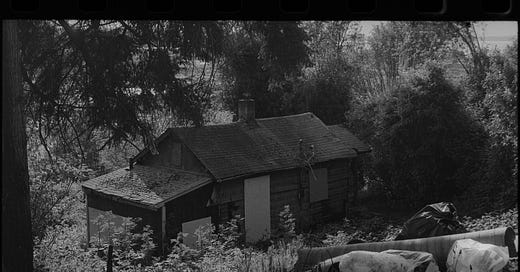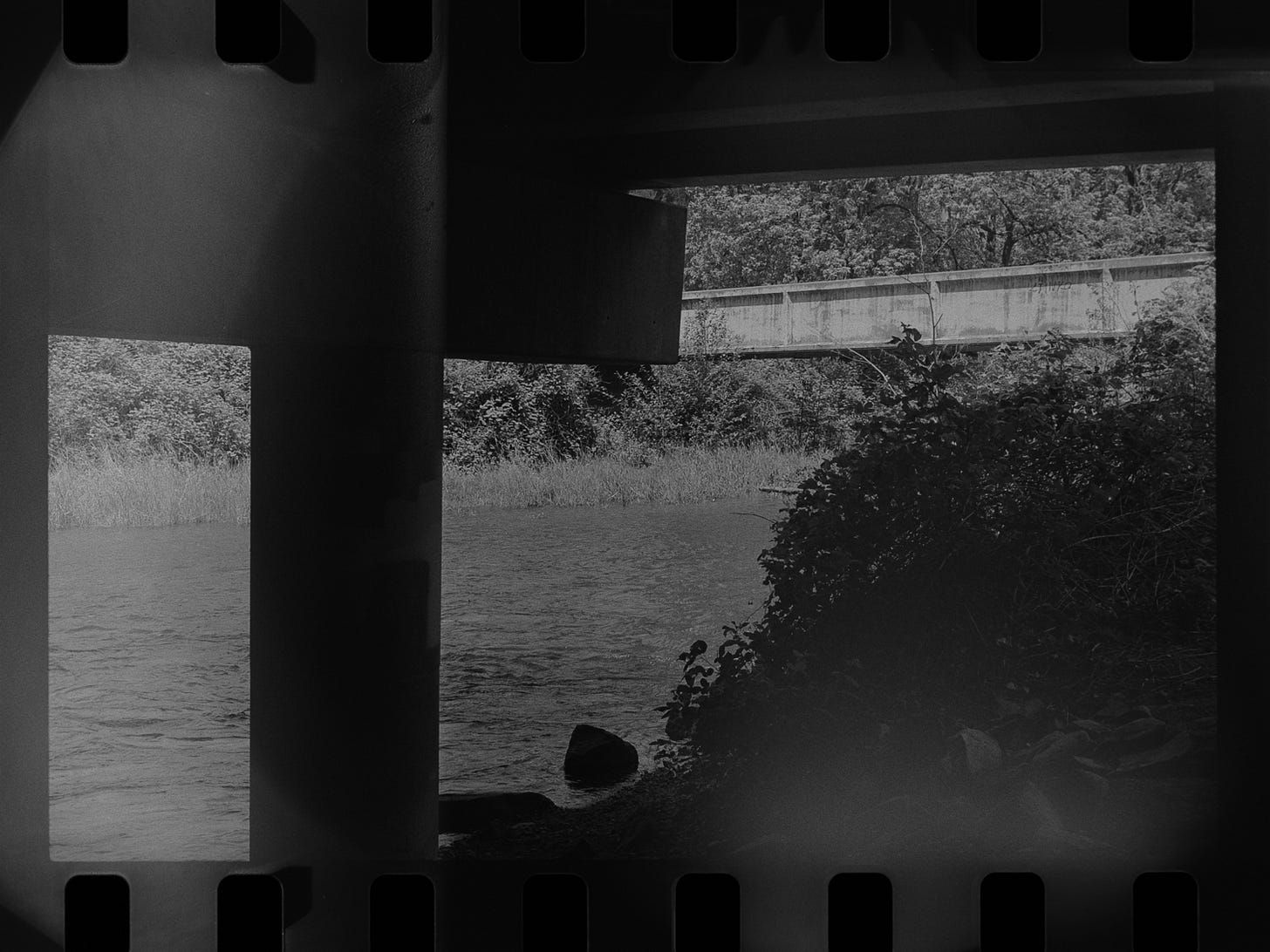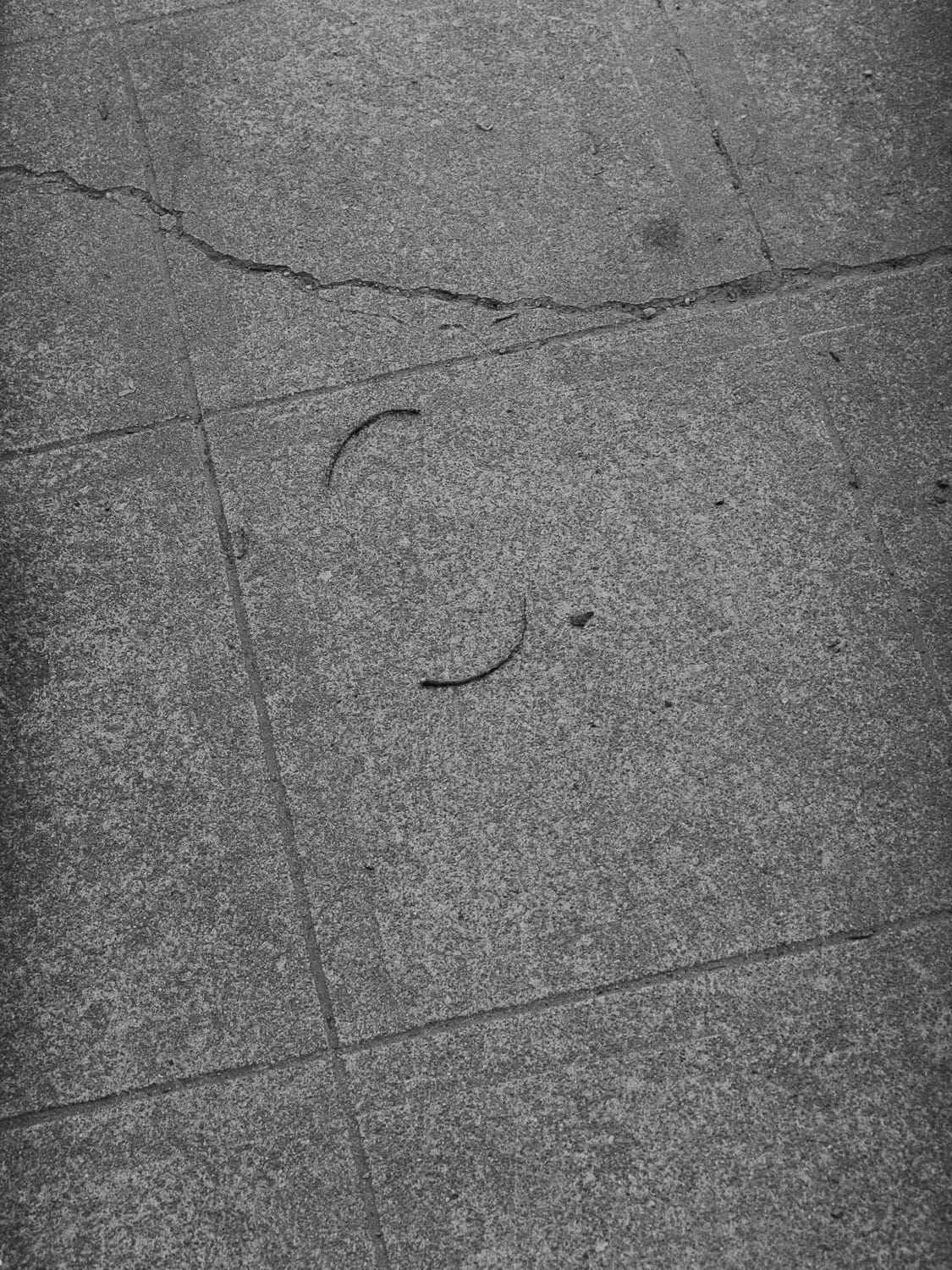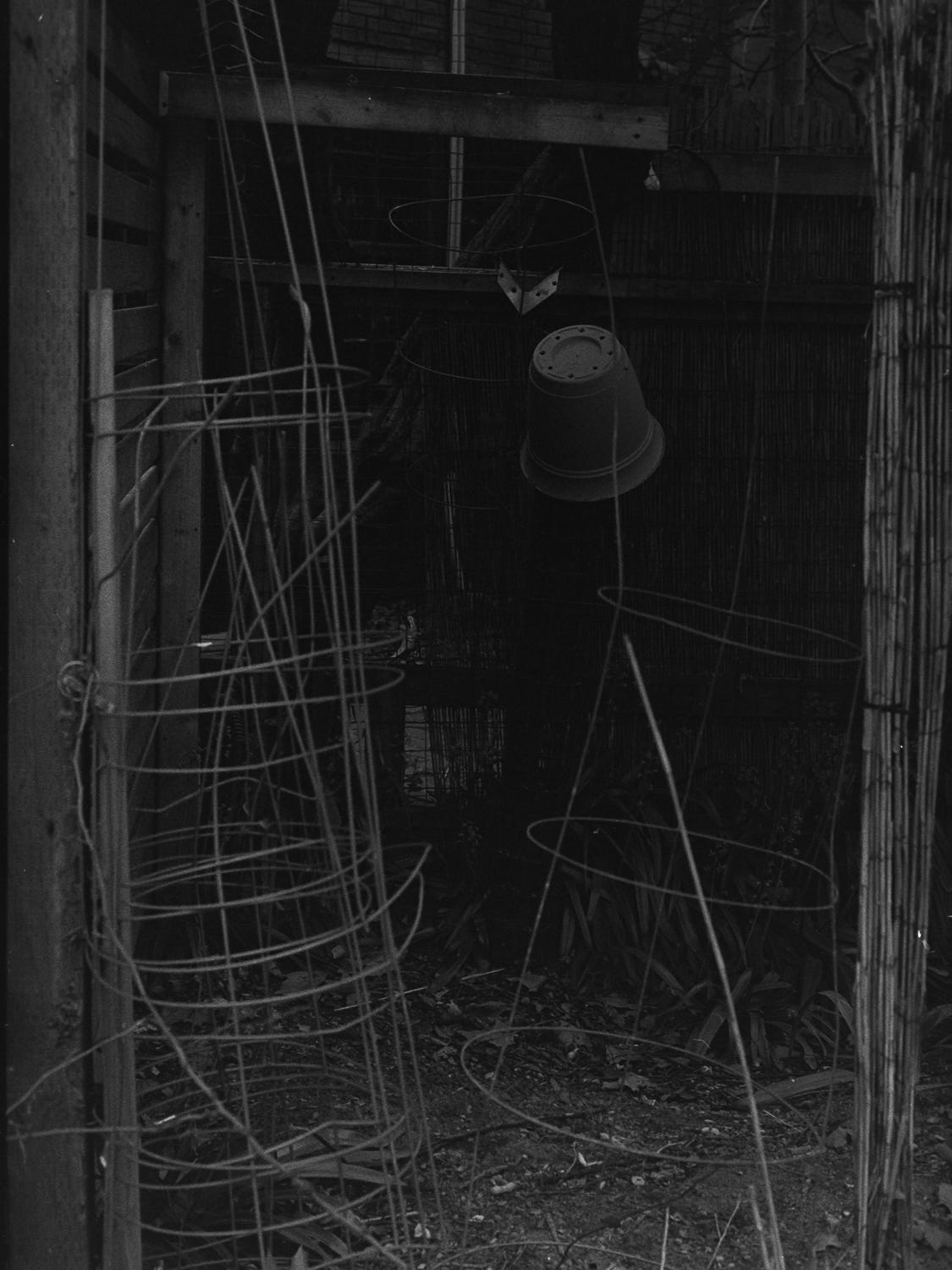Synonyms of Ignorance
Introducing a[nother!?] newsletter on photography, and the search for Meaning
I’ll try to keep this short, but it probably won’t be.
TLDR: I’m starting a weekly newsletter so that I can practice writing, nerd out on art photography, photobooks, and theory from the perspective of an evolving, working-class art practice without formal education or subservience to “The Market”. I’ll be sharing thoughts on photobooks I like, readings, quotes, works in progress, zine-making, etc. I will ultimately be paywalling some of my work, definitely not more than $5 a month. For now, everything is free.
The U.S military provides funding for a college education after a certain amount of contractual service has been completed. My father received this benefit during his career in the navy, putting half of these funds towards a Masters in Nuclear Engineering, and saving the other half to split among his four children. I graduated with an Associate of Arts in 2013, fresh out of high school, and partially funded by my dad’s military service. One of my final group projects involved making a puppet out of garbage and refuse, and performing a skit in the style of Mystery Science Theater for a class of 15 students and one hopelessly burnt out adjunct professor. This puppet show, paid for by the U.S government, organized by an underpaid MFA grad working for an inflated for-profit education system has informed my understanding of art education in America in the decade-plus after dropping out of a BA program. A comically absurd, performative pyramid scheme.
I hate origin stories, but I want to provide context as to why I’m choosing to write a newsletter on photography, so, quickly:
I’ve wanted to be an artist since I was old enough to hold a crayon. After I dropped out of college, infatuated with photography, I naively thought that one didn’t have a ‘real’ art practice unless they were making a full-time living with it. I pursued freelance commercial work while working in restaurants, eventually landing a gig in a commercial fashion studio doing photo retouching. This led to a move to the west coast, on-and-off freelancing, quickly becoming disillusioned with photography. yada yada, COVID, more commercial work, very over it. Done with photography. I’m out. I became a bike courier in downtown Seattle, doing long distance bike rides in the Cascade mountains on weekends, committing to being a full-time dirtbag. After a couple years, the courier work dried up, and I start working in kitchens again. With this change in lifestyle, I begin picking up a camera once more, casually making pictures.
Then I bought a copy of Michael Lundgren’s Geomancy and it was game over. That book fundamentally altered what I understood photographs could be. Here were these records of alien life, so unfamiliar and magical and yet entirely earthbound. Form, tonality, artificial lighting, and deliberate exposure control all conspired to create an imagined world in parallel with our own, a hallucinatory dimension existing just beyond normal perception. It created a whole universe between two covers, with it’s own syntax and laws of physics. This was far different than anything else on my bookshelf, which at that point was limited mostly to the likes of commercial fashion, portraitists, and street photographers: Vivianne Sassen, Paul Jung, Dan Winters, Greg Heisler, Leibovitz, Winogrand, Cartier-Bresson, Masao Yamamoto, Fukase, Ansel, blah blah blah. Geomancy was this weird new addition to my understanding of photographic making. It was observational and of-the-world, yet had a subtle veneer of production in its use of studio lighting. The combined effect is something beyond immediate recognition. The photos are not snapshots, nor are they studio tableau. They are products of a deep looking at the world, to create something appearing beyond it, in order for the viewer to reevaluate their relationship to it.
Whatever this book was, I needed to find more like it. I needed to understand what made these pictures so potent, how they fit into the history of the medium, and how I might begin to apply this approach to my own work.
Since this encounter, I have devoured countless classic texts, lectures, articles, essays, and photobooks, in an effort to take seriously the practice of art-making and the medium of photography. A great resource in guiding my autodidacticism has been RISD’s photo MFA reading list. I’ll send you the PDF if you want. The internet has allowed for a DIY, decentralized approach to learning which I have found incredibly empowering. It is in this spirit that I want to approach this newsletter. It’s my hope to engage with other artists on a similar path, to learn along side and voice opinions outside of purely academic or economic discourse. I don’t care about money. Money helps sustain the life, the practice. Tom Sachs says “The reward for good work is more work.” I want to make good work, in order to continue making work. Art creates meaning out of meaninglessness. In Art Can Help, Ol’ Bob leaves us with a hopeful heartbreak and a mess of quotes that invigorate the shit outta me.
“It is difficult to believe that we have a future. My own convictions are these:
Human beings are tragic. Evidence includes the history of my own country, the U.S. How often have we adopted Davy Crockett’s motto: ‘Be always sure you’re right - then go ahead.’
Partly as a result, “In life there is much to endure and little to enjoy.” The words are Samuel Johnson’s, who justified burdening us with them by noting that “the mind can only repose on the stability of truth.” He would have agreed with Jane Hirshfield: “one thing no poet does is look away.”
There is, however, consolation to be found in the caring of family and friends, in the beauty of some of the natural world, in some of the achievements of civilization, in the not infrequent kindness of those known only a little or not at all, in the reassurance of some stories, in the inexplicable rightness of some music, and in the witness of some pictures. The latter testifies, at its best, to the poise of Mont Sainte-Victoire, to the quiet of 7th Avenue in New York on sunday morning, and to the promise of the annunciation as envisioned by Donatello and others.”
Thanks for coming to my TED talk, I’ll write less next week maybe. Here’s some photos I developed yesterday. I’ve been thinking a lot about hermits and loneliness:












